Bogani Nani Wartabone National Park & Mount Ambang
Explore the breathtaking Bogani Nani Wartabone National Park and hike to Mount Ambang for unforgettable outdoor adventures. Discover nature's beauty and enjoy thrilling experiences in these stunning landscapes.
ACTIVITIES
Click here
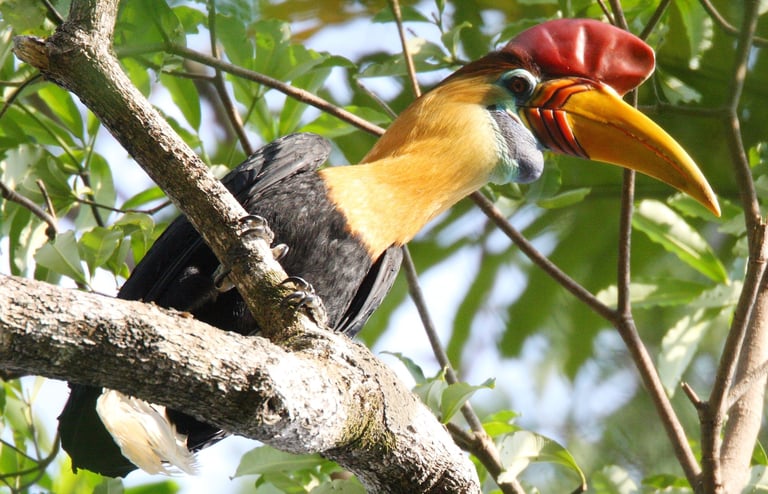

Bogani Nani Wartabone National Park, One of Biodiversity Haven in North Sulawesi
Nestled in the heart of North Sulawesi, Bogani Nani Wartabone National Park is a stunning expanse of tropical rainforest and one of Indonesia's most vital conservation areas. Covering approximately 2,871 square kilometers, this park is a sanctuary for an astonishing variety of flora and fauna, many of which are endemic to Sulawesi.
A Haven for Wildlife
Bogani Nani Wartabone is home to some of the most unique species on the planet. It shelters the critically endangered anoa (a dwarf buffalo), the quirky babirusa (a wild pig with upward-curving tusks), and the colorful maleo bird, known for its unique egg-laying habits. Birdwatchers will be delighted by the presence of over 125 bird species, including hornbills and kingfishers. The park also houses elusive primates like the tonkean macaque and the spectral tarsier, a tiny, wide-eyed primate.
Rich Ecosystems
The park's diverse ecosystems range from lush lowland forests to mountainous terrains. These habitats support an incredible array of plant species, including towering hardwoods, orchids, and medicinal plants, making it a treasure trove for botanists and nature enthusiasts.
Cultural and Historical Significance
The park is named after Nani Wartabone, a local hero who played a pivotal role in Indonesia's independence movement. Beyond its natural allure, the park also holds cultural significance for local communities who depend on its resources sustainably.
Activities and Attractions
Visitors can explore the park through hiking trails that lead to breathtaking waterfalls, like Tambun Waterfall, and ancient caves used by early Sulawesi inhabitants. The park also offers opportunities for birdwatching, wildlife spotting, and eco-tourism initiatives run by local communities.
Conservation Efforts
As a vital biodiversity hotspot, Bogani Nani Wartabone National Park faces challenges such as deforestation and habitat degradation. However, ongoing conservation programs aim to protect its unique species and ecosystems, ensuring this natural wonder thrives for generations to come.
Getting There
The park can be accessed from the cities of Manado to Kotamobagu or Gorontalo, with the nearest entrance at Doloduo village. Guided tours are recommended for a safe and enriching experience. The distance traveled for a full day trekking in Bogani Nani Wartabone National Park (TNBNW) varies depending on the route and terrain conditions. In general, the distance that can be covered in a day is around 10–20 km, depending on the difficulty level of the route and walking speed.
Estimated Distance Based on Route :
Doloduo – Tambun Route → around 8–12 km, suitable for observing Maleo birds.
Lombongo – Hungayono Route → around 15–20 km, longer with hilly terrain.
Toraut – Tambun Route → around 12–18 km, through primary forest with the opportunity to see anoa and other wildlife.
Factors affecting distance traveled:
Terrain → Hilly or steep routes will slow down the journey.
Weather Conditions → Rain can make the route slippery and more difficult to travel.
Group Speed → If trekking in a large group or with many stops for wildlife observation, the distance traveled can be shorter.
If you want to trek all day (6–8 hours of hiking), it can generally reach 12–18 km at a leisurely pace with some breaks. If the trail is flatter and easier, it can reach 20 km.
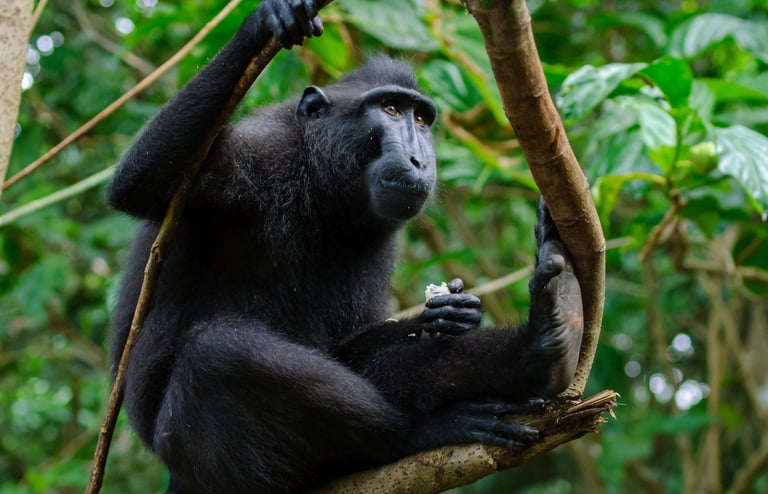

Bogani Nani Wartabone National Park
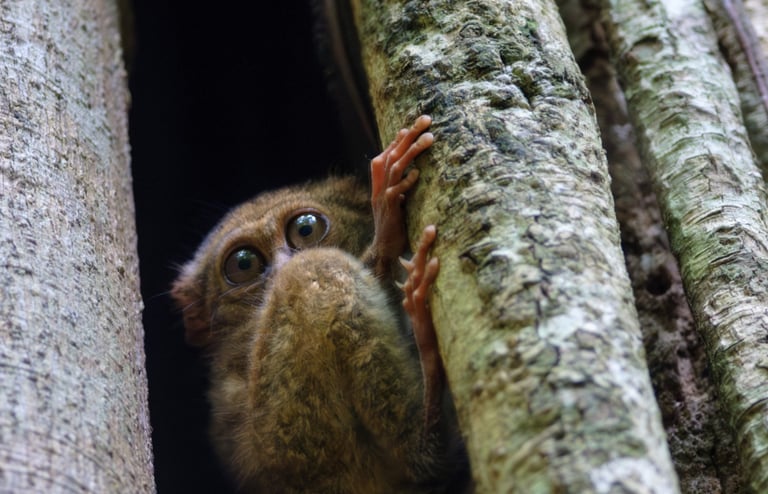

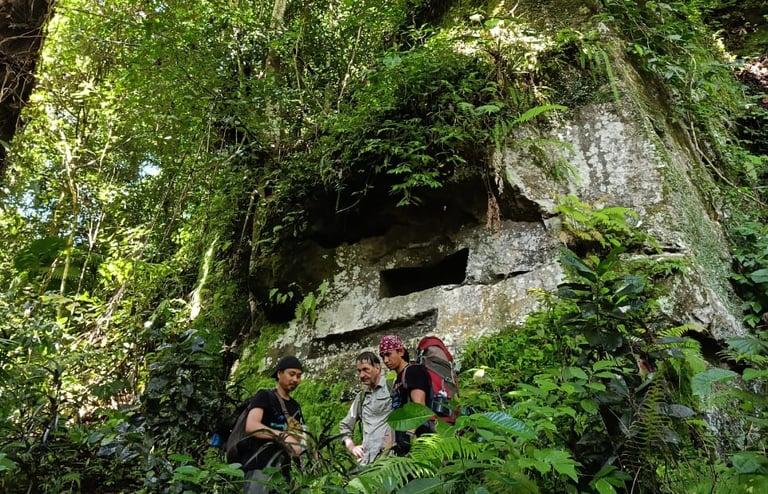

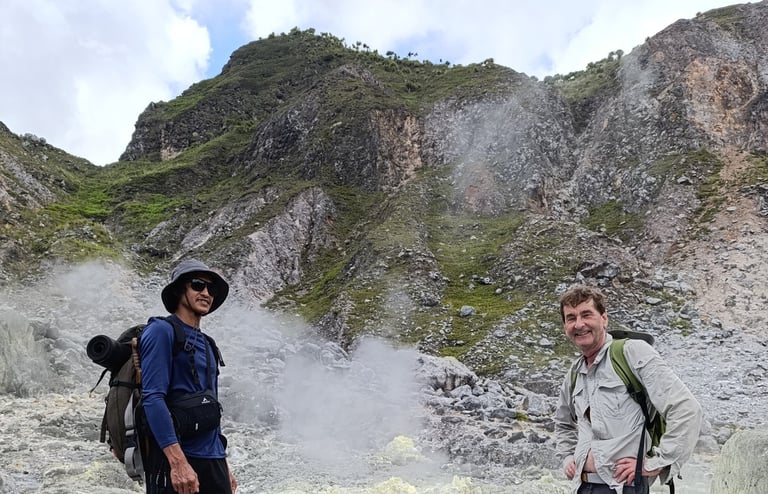

Exploring Mount Ambang: A Guide to Hiking in Boltim, North Sulawesi
Mount Ambang, located in the regency of Bolaang Mongondow Timur (Boltim), North Sulawesi, is a hidden gem for adventurers and nature enthusiasts. Known for its stunning landscapes and rich biodiversity, this dormant volcano offers a truly unique hiking experience. Here’s what you need to know to make the most of your visit.
Getting to Mount Ambang
Mount Ambang is approximately a 4-5 hour drive from Manado, the capital city of North Sulawesi. To reach the trailhead, travelers often pass through the town of Kotamobagu. It’s advisable to hire a local guide who is familiar with the terrain and the best routes for your safety and convenience.
What to Expect
Volcanic Landscapes: Mount Ambang is a dormant volcano, so expect to see volcanic craters, steam vents, and sulfuric areas. These features create a surreal and otherworldly atmosphere.
Rich Biodiversity: The mountain is part of the Ambang Nature Reserve, home to a variety of flora and fauna. Keep an eye out for endemic species such as the Maleo bird, hornbills, and rare orchids.
Cool Climate: At an elevation of about 1,800 meters above sea level, Mount Ambang has a cooler climate compared to the lowlands. It’s a refreshing escape from the tropical heat.
Activities to Do
Hiking and Trekking: The trail to the summit of Mount Ambang is moderately challenging and takes about 3-4 hours, depending on your pace. The path leads you through dense forests, open grasslands, and volcanic landscapes. The summit offers panoramic views of the surrounding mountains and valleys.
Birdwatching: Bring a pair of binoculars to spot the diverse bird species that inhabit the area. The Maleo, a ground-dwelling bird known for its unique nesting habits, is a highlight for many birdwatchers.
Photography: With its dramatic landscapes, lush greenery, and misty atmosphere, Mount Ambang is a paradise for photographers. Capture the beauty of the volcanic craters, rare wildlife, and breathtaking vistas.
Exploring Sulfur Springs: Along the trail, you’ll come across bubbling sulfur springs and fumaroles. While they’re fascinating to observe, remember to keep a safe distance due to the strong smell and potential hazards.
Camping: For those who want to immerse themselves in nature, camping at Mount Ambang is a great option. Set up your tent near the summit or designated camping areas to enjoy a night under the stars.
Tips for Your Hike
Dress Appropriately: Wear comfortable hiking clothes and sturdy shoes. Bring a rain jacket as weather conditions can change quickly.
Pack Essentials: Carry water, snacks, a first aid kit, and insect repellent. Don’t forget your camera and binoculars if you’re into photography or birdwatching.
Hire a Guide: Local guides are knowledgeable about the terrain, wildlife, and cultural significance of the area. They can enhance your experience and ensure your safety.
Start Early: Begin your hike early in the morning to avoid the midday heat and to give yourself ample time to explore.
Respect Nature: Follow Leave No Trace principles. Avoid littering, stay on designated trails, and do not disturb wildlife.
What Makes Mount Ambang Special?
Mount Ambang is not just a hike; it’s an adventure through one of North Sulawesi’s most pristine environments. The combination of volcanic landscapes, diverse wildlife, and the peaceful ambiance of the mountain makes it a must-visit destination for outdoor enthusiasts.
Whether you’re a seasoned hiker or a nature lover looking for a new adventure, Mount Ambang promises an unforgettable experience. Pack your gear, lace up your hiking boots, and get ready to explore this North Sulawesi treasure!
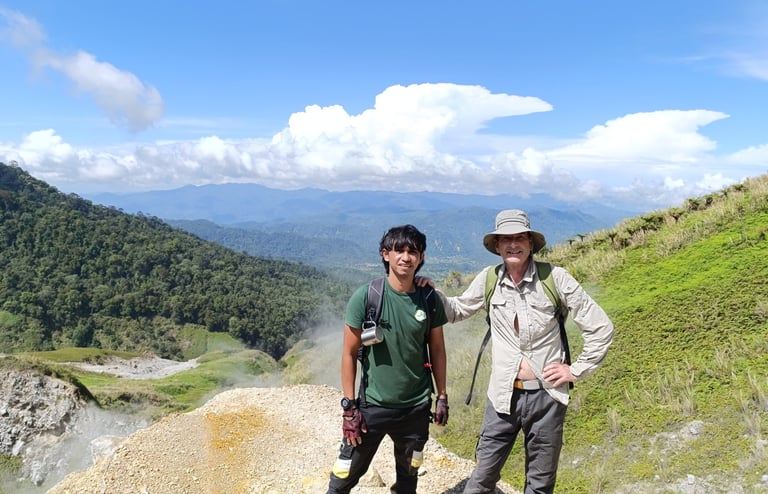

Mount Ambang
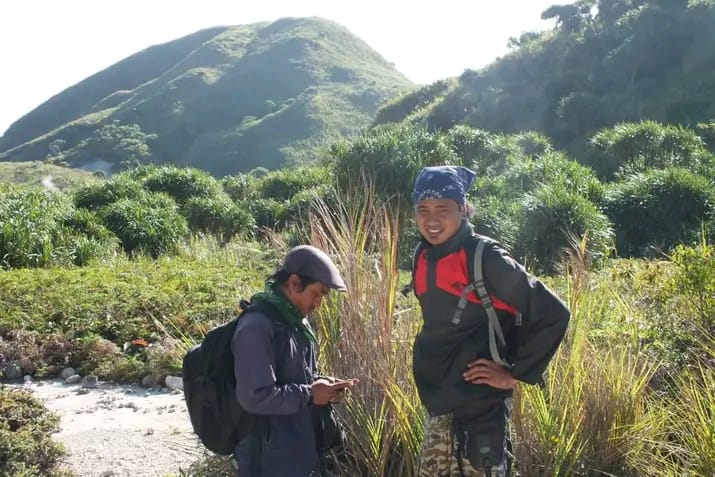

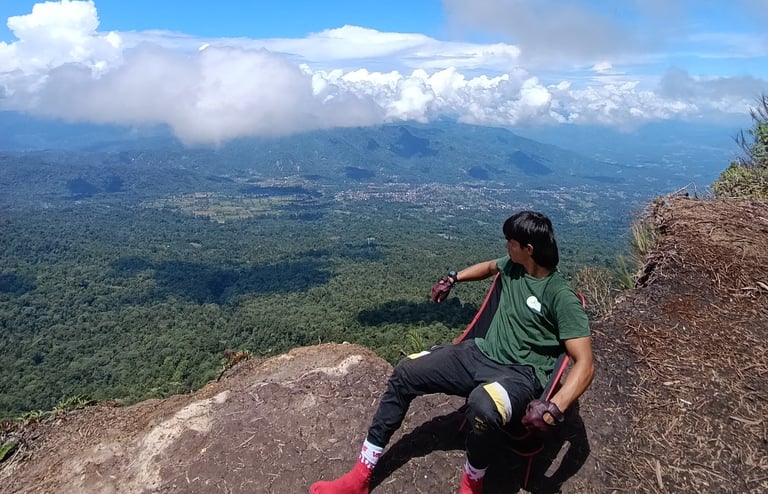

Get in touch
Address
Moyongkota baru, Bolaang Mongondow Timur, North Sulawesi, Indonesia.
Please don't hesitate to contact us anytime if you have any questions.
2025 ©PT Bogani Explorer indonesia
All rights reserved
